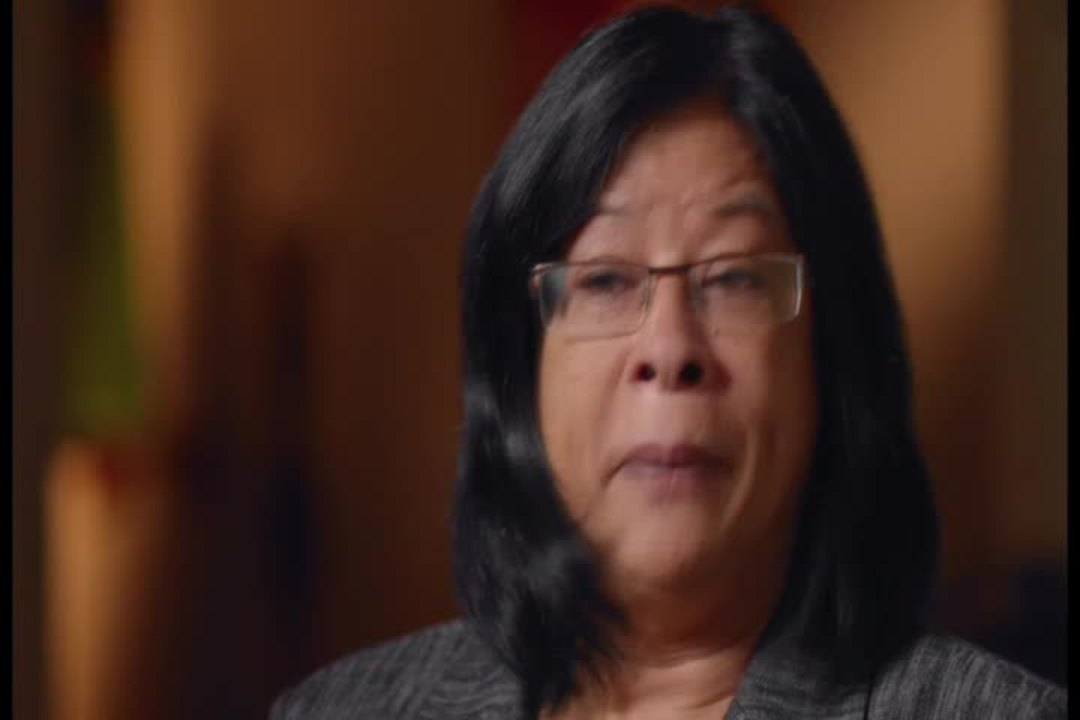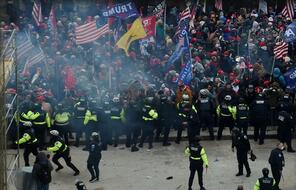
California Grape Workers’ Strike: 1965–66
At a Glance
Language
English — USSubject
- History
- Social Studies
Grade
9–12Duration
One 50-min class period- Racism
- Democracy & Civic Engagement
Overview
About This Lesson
In this lesson, students will learn about the initial phase of the grape workers’ strike that occurred in California’s San Joaquin Valley from 1965 to 1966. The strike lasted until 1970, when most grape growers signed contracts with the United Farm Workers union. After exploring images related to the farmworkers' movement, students will watch a video that explains the events that occurred in the first year of the strike. Then, students will analyze the strategies used during this period of the farmworkers’ movement and reflect on the impact these strategies had.
Preparing to Teach
A Note to Teachers
Before you teach this lesson, please review the following guidance to tailor this lesson to your students’ contexts and needs.
Lesson Plans
Activities
Extension Activities
Materials and Downloads
Quick Downloads
Download the Files
California Grape Workers’ Strike: 1965–66
Unlimited Access to Learning. More Added Every Month.
Facing History & Ourselves is designed for educators who want to help students explore identity, think critically, grow emotionally, act ethically, and participate in civic life. It’s hard work, so we’ve developed some go-to professional learning opportunities to help you along the way.
Exploring ELA Text Selection with Julia Torres
On-Demand

Working for Justice, Equity and Civic Agency in Our Schools: A Conversation with Clint Smith
On-Demand

Centering Student Voices to Build Community and Agency
On-Demand















